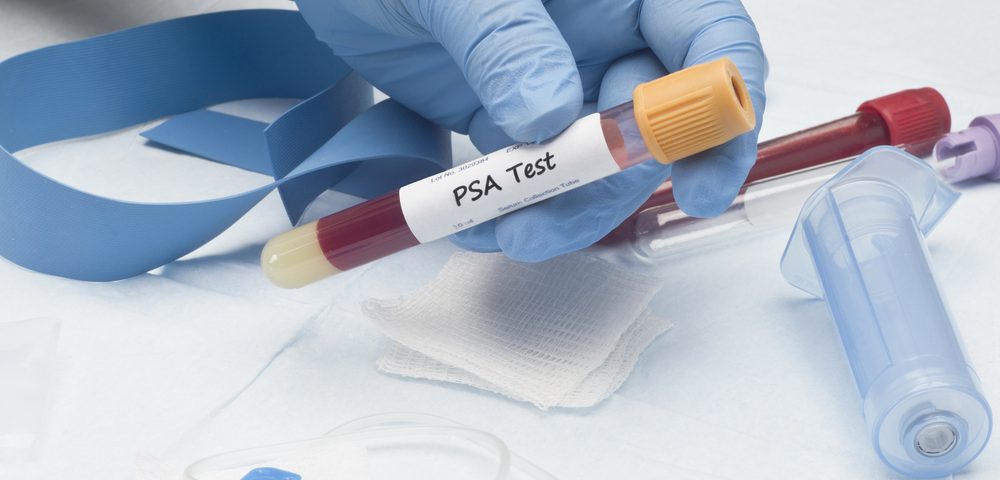Researchers recently determined that total levels of the prostate specific antigen (PSA) protein are not sufficient enough for evaluating and distinguishing between prostate cancer and other prostate diseases, such as benign prostate hyperplasia (BPH). They maintain that additional tests, including the common digital rectal examination (DRE), are required for effective and reliable diagnostics.
The study, titled “Usefulness of Total PSA Value in Prostate Diseases Diagnosis,” was published in the Acta Informatica Medica journal.
Currently, prostate cancer is diagnosed by analyzing the total levels of PSA in blood and with a digital rectal examination (examination of the lower rectum). PSA is usually elevated in men with prostate cancer. But, though PSA is a prostate-specific protein, can also occur in other diseases of the prostate such as prostatitis and BPH. In fact, approximately 70% of patients with elevated PSA values do not have prostate cancer; and between 25 to 40% of patients with prostate cancer have low PSAT values (below 10 ng/mL).
For the recent study, researchers determined the specificity and sensitivity of the total value of PSA in the diagnosis of prostate cancer in order to allow researchers to evaluate the significance of PSAT in diagnosis of other prostate diseases that include BPH, precancerous conditions, and inflammatory and atrophic changes of the prostate.
They collected data from 220 patients (ages 36 to 82 years old) enrolled at the “Register of PH biopsy” Clinic of Urology, University Clinical Center Sarajevo. The total PSA values were recorded. According to the values and diagnosis, patients were divided into groups: prostate cancer, benign prostatic hyperplasia, precancerous conditions (atypical small acinar proliferation (ASAP), High-Grade Prostatic Intraepithelial Neoplasia (HGPIN), inflammatory and atrophic changes of the prostate.
Researchers observed that PSAT value is highest in cancer patients, while the lowest level is detected in patients with benign prostatic hyperplasia. They also detected a positive, statistically significant correlation between PSAT levels and age, with the PSAT levels increasingly with older ages.
In terms of sensitivity and specificity of PSAT value in diagnosing prostate cancer, researchers found the cut off limit to be higher than 8.6 ng /mL. Specifically, they found that values lower than 2 ng/mL and higher than 10 ng/mL are the most specific values of PSAT, with the positive predictive value increasing with increasing value of PSAT.
In conclusion, the results supported that a PSAT value higher than 10 ng/mL is of high sensitivity in the detection of prostate cancer. Values between 4-10 ng/mL still require additional tests — all those available, including non-invasive and invasive diagnostic tests — and more frequent reevaluations.

